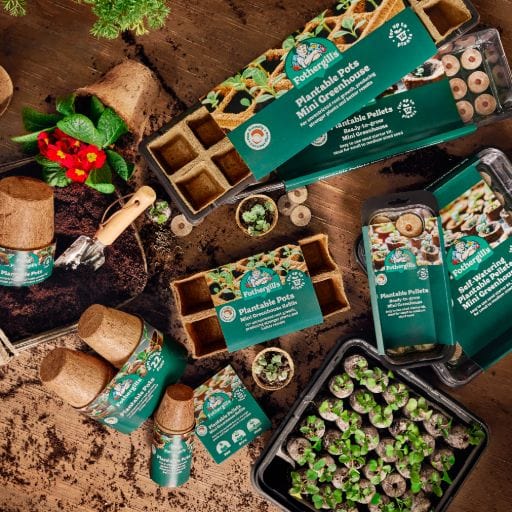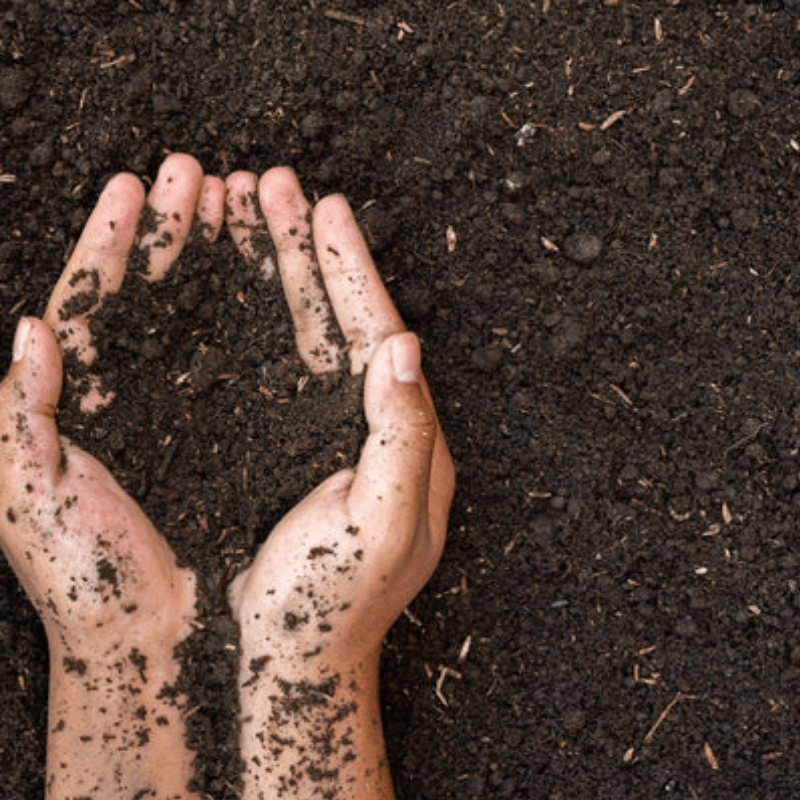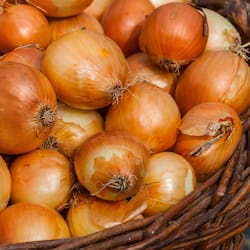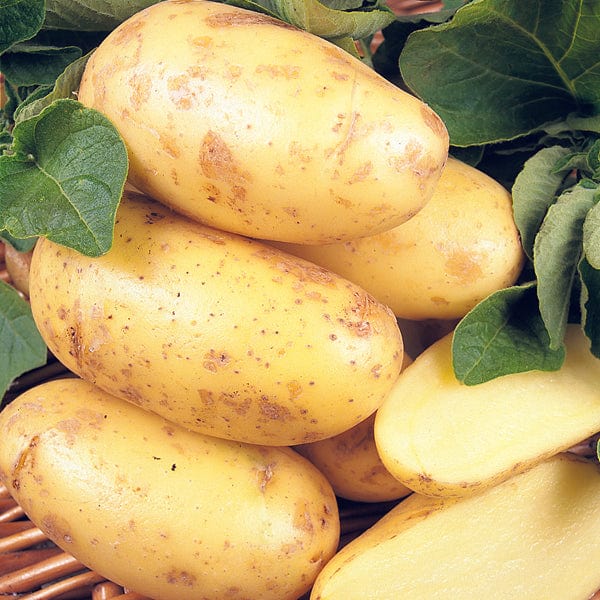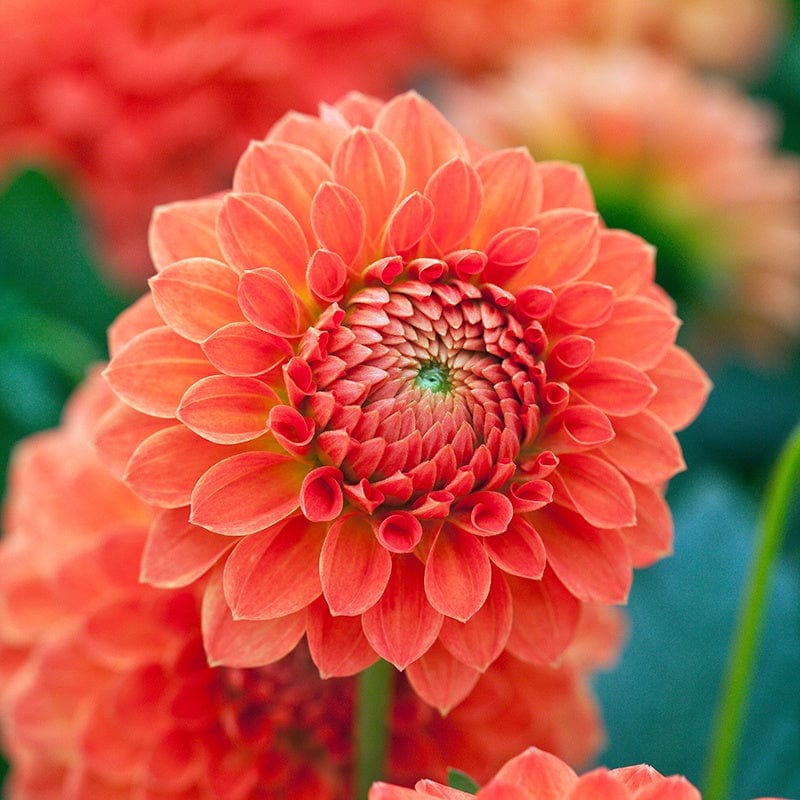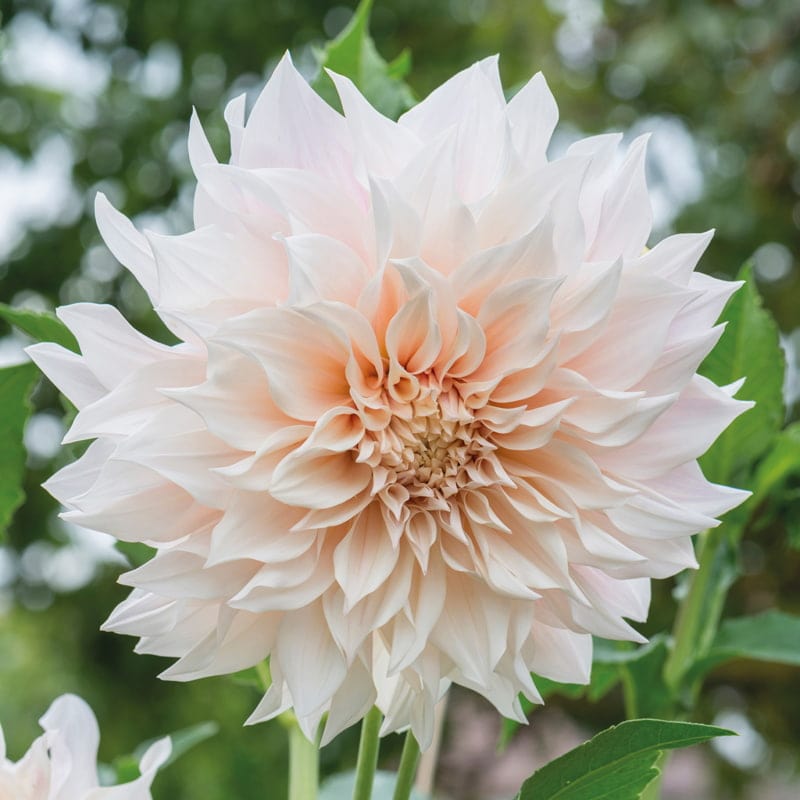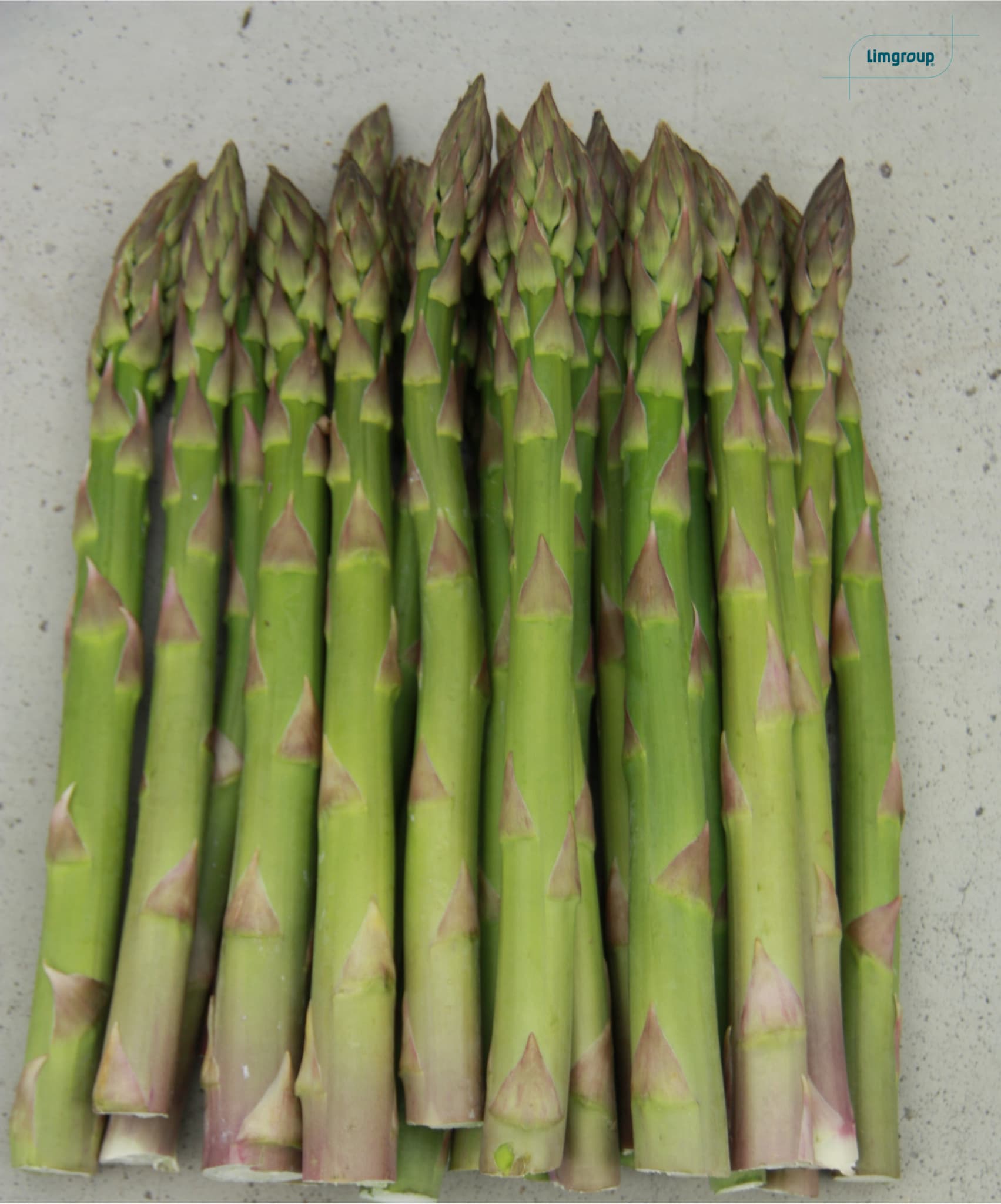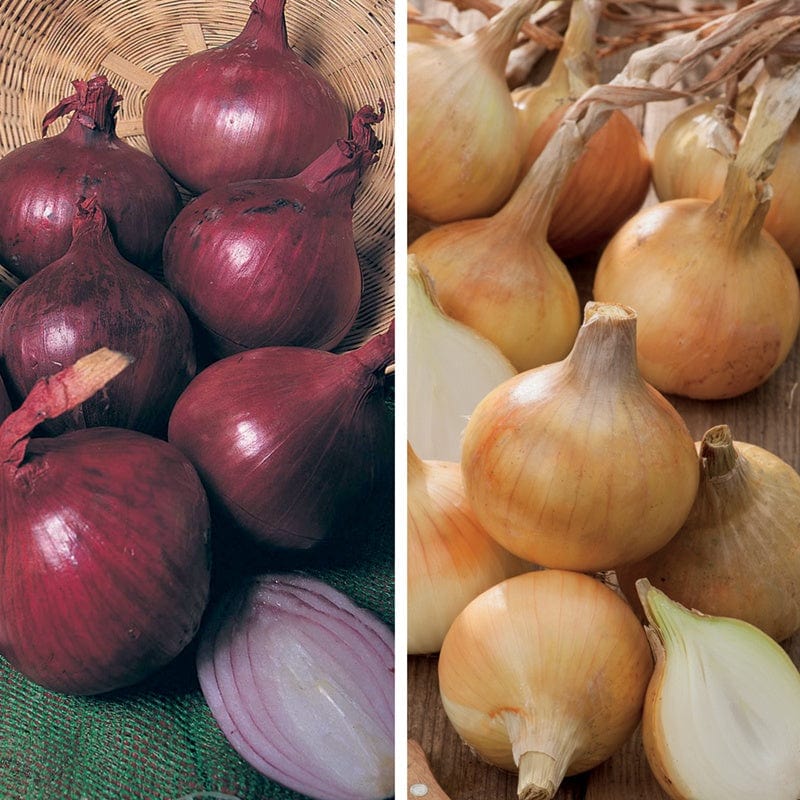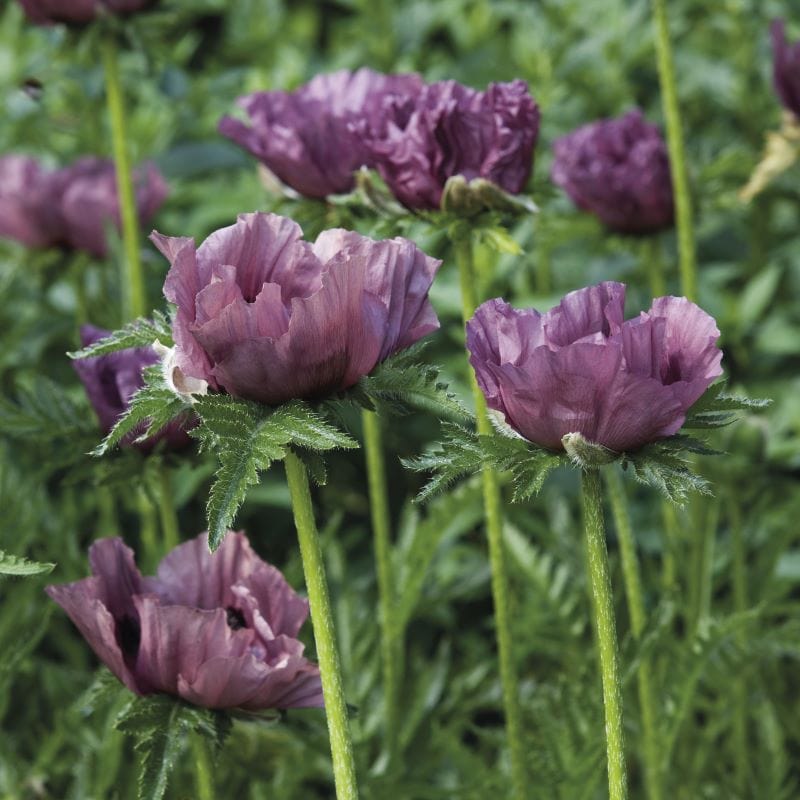
Poppy Seeds
Poppies (Papaver) make wonderful additions to British gardens, with their big, blousy, colourful flowers that instantly draw the eye. At Fothergill’s, we offer an excellent range of poppy seeds for gardeners: classic red field poppies, fiery orange Californian poppy seeds, eye-catching breadseed poppies with striking bicolour blooms, and so many more.
Flowering from summer right through to the first frosts, poppies are easy to grow and look spectacular growing in beds, borders and pots. Their petals can be ruffled, crimped, or shaggy, and their flowerheads can range dramatically in size, with the largest oriental poppies measuring up to 15cm! Browse our complete collection of poppy seeds below.
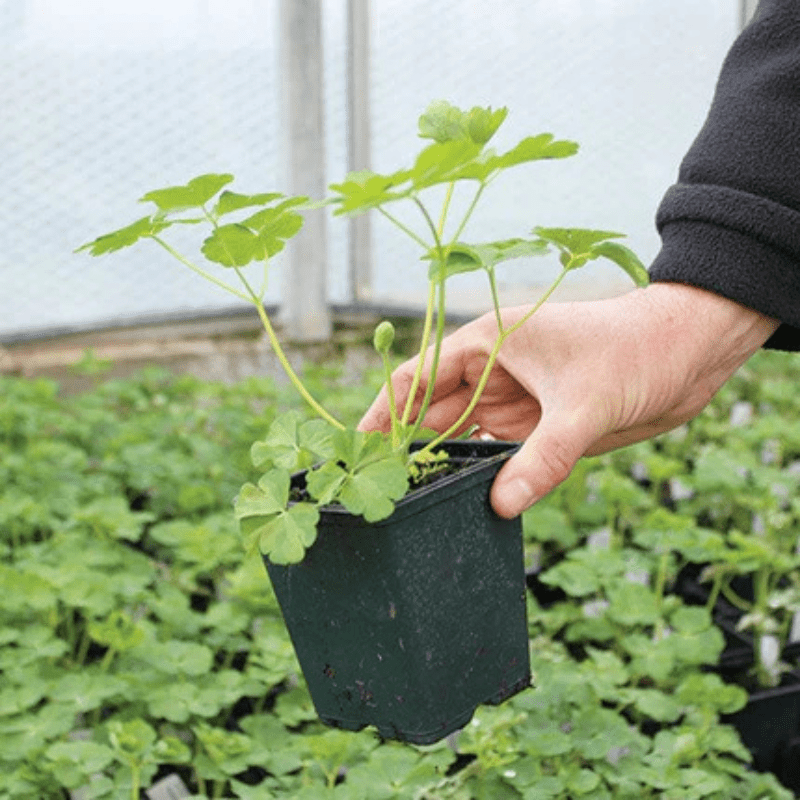
Why Choose Our Poppy Seeds?
Nothing beats poppies for big, bold colours. These instantly recognisable blooms have been grown around the world for centuries for their distinctive deep red flowers, but modern varieties also come in shades of orange, pink, purple, white, and more. They make a fabulous focal point or can be used as a colourful contrasting backdrop to smaller flowers.
Many poppy seeds can be sown directly outdoors where they are to flower, making them a great no-fuss option for beginner gardeners! Annual and biennial varieties will flower for one season before setting seed and spreading naturally around the garden. Other poppies are perennial flower seeds, returning each year to burst into colour in your beds and borders.
Pair your poppy seeds with other wildflower seedsand cottage garden flowers for an effortlessly natural garden.
Order Your Poppy Seeds Today
At Fothergill’s, we believe gardening is for everyone. We take pride in providing high-quality seeds with excellent germination rates and reliable growth – so you can trust our flower seeds to deliver great results, fully backed by our 100% satisfaction guarantee. Growing a beautiful garden has never been easier! Order your poppy seeds today for fast UK delivery from just £2.45.
Sign-up to our Newsletter












